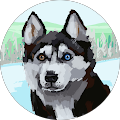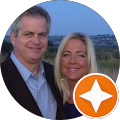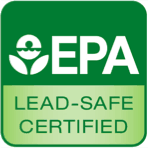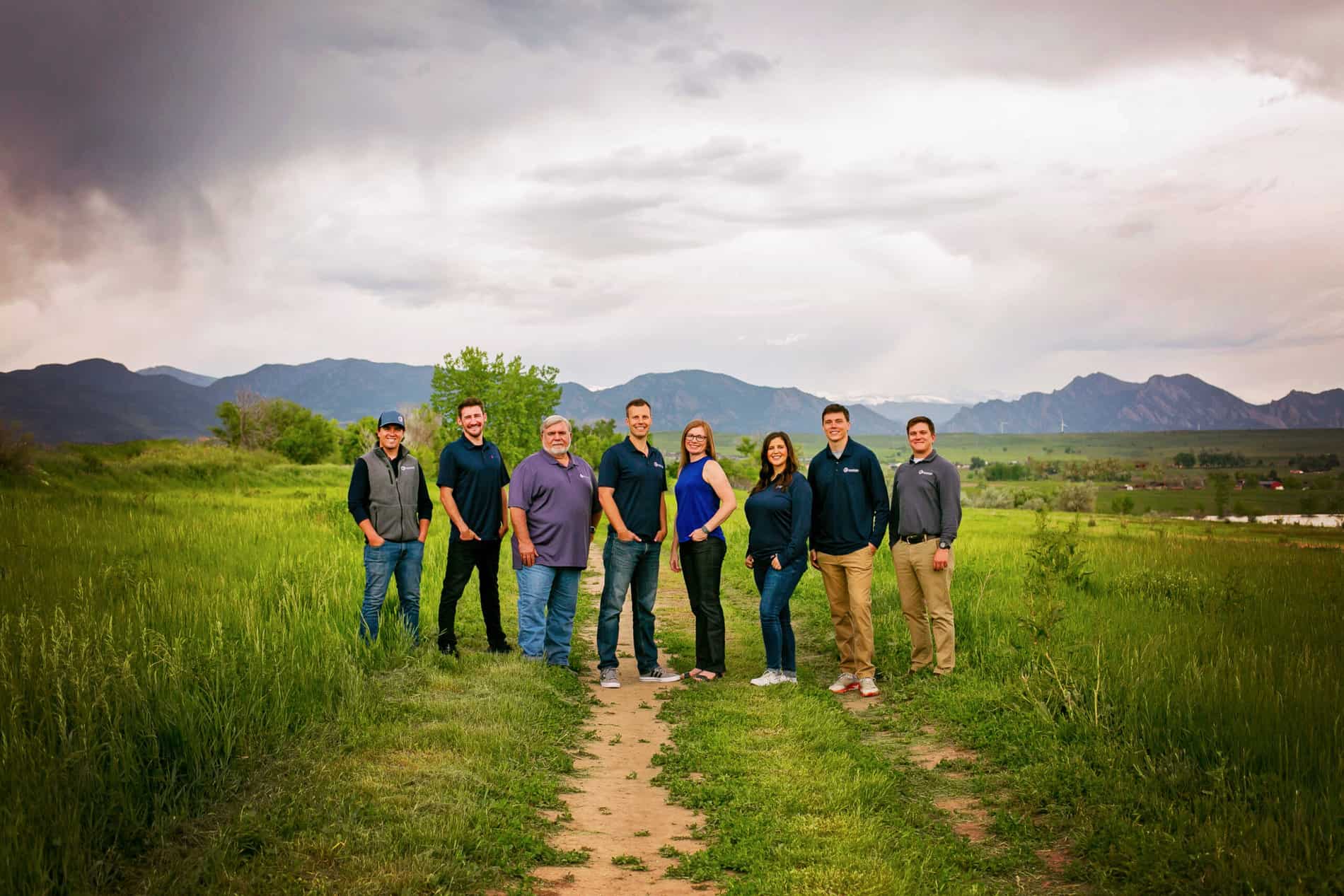As a homeowner, you know that maintaining your property goes further than just simple upkeep. Paint is one of the most vital protective elements for your home, shielding the structure and boosting curb appeal and overall value. Denver experiences a distinctive four-season climate with many days of sunshine annually, which creates particular considerations for exterior painting projects. This guide covers what you need to know about painting in Denver’s weather and how to ensure your paint job lasts a lifetime.
Why Weather is a Big Factor in Denver
Denver’s location, at 5,280 feet above sea level, creates a demanding environment for home exteriors. At this elevation, the sun’s ultraviolet rays hit surfaces with much greater force than they do in coastal cities. Winter brings stretches of snow and freezing conditions. Daily temperature shifts can be extreme, with warm afternoons giving way to chilly evenings that put stress on building materials.
Paint acts as your home’s main protection against these weather conditions. The coating stops UV rays from breaking down the siding underneath. Additionally, it keeps moisture fromsoaking in while staying flexible enough to move with surfaces as they heat up and cool down.
The Impact of Sun and UV Exposure on Paint
A higher elevation means homes undergo stronger solar radiation than properties near sea level. This powerful ultraviolet light breaks apart the molecular bonds that hold paint pigments and resins together. As a result, the damage accelerates the more sunny days there are, and occurs much faster than in lower areas. Eventually, surfaces lose their original vibrancy and develop a chalky residue that shows the paint is deteriorating.
Here’s how intense UV rays at higher elevations cause paint problems:
- Fading colors: Solar energy breaks down the compounds responsible for paint color, turning vibrant surfaces dull and lifeless over time. Reds and darker shades lose their richness noticeably faster than lighter paint choices.
- Chalking and powdery paint residue: Ultraviolet light breaks down the bond between paint and your home’s siding, causing the paint to separate and form a powdery film on the surface.
Paint formulated specifically for high altitude climates contains UV stabilizers that block harmful sunlight before it causes damage. These advanced formulas either reflect UV rays away or absorb them safely. Therefore, choosing the right products for Denver’s conditions makes your paint last several years longer.
Effects of Snow, Ice, and Moisture
Winter weather creates serious issues. Water seeps into tiny cracks in paint, then turns to ice when nighttime temperatures drop below freezing. If this freezing and thawing continues through the season, the expansion gradually separates the paint from the walls.
Snow and ice can lead to these specific paint problems:
- Paint blistering and bubbling from trapped moisture: Water gets caught under the coating without any escape path, then either swells as it freezes or builds pressure trying to evaporate on warmer days. Consequently, this trapped liquid pushes upward and creates raised spots that indicate the paint has lost its bond with the wall.
- Mold and mildew growth on shaded exteriors: Areas that do not receive direct sunlight stay damp much longer after storms pass through, giving mold spores the damp conditions they need to grow and create dark stains.
Temperature Fluctuations: Freeze-Thaw Cycles
Denver’s climate subjects building exteriors to drastic temperature swings; a hot day becomes a cold night in just hours. These sudden temperature changes cause surfaces to expand as they absorb heat and contract when they cool down. This pattern continues every day, creating stress that affects every painted surface.
The continuous expansion and contraction forces paint to either bend with the movement or peel away from the pressure. The wood or siding underneath continues to move, while the paint remains rigid, eventually causing the coating to crack and expose the material beneath.
Elastomeric paints handle these conditions better because they maintain their flexibility even after they dry. This enables them to expand and contract along with your home’s exterior materials, keeping everything sealed and preventing the damage that happens with regular paint products.
Seasonal Painting Considerations in Denver
The best time for exterior painting is between late spring and early fall. During these months, you’ll find consistent temperatures that help paint cure properly without problems. Cold weather makes outdoor painting nearly impossible because paint won’t bond to surfaces when it’s chilly, and a sudden freeze can destroy your work overnight. Planning your project around Denver’s weather instead of just your schedule leads to finishes that look better and last longer.
Signs Denver Weather Has Damaged Your Paint
Be on the lookout for these warning signs that show your home needs a fresh protective coating.
Faded or Discolored Paint
If you notice your exterior walls looking less vibrant than they once were, it’s probably because of sun damage. Paint fades when UV rays break down the pigments, gradually stealing the richness from your paint colors and leaving dull, uneven patches.
Cracking or Peeling Exterior
Cracks spreading across your painted surfaces or paint that’s flaking off from the siding mean that your protective coating is failing. Denver’s extreme temperatures cause surfaces to expand and contract constantly, eventually causing the paint to lose its grip. When you spot paint that is cracking in strips or chips, moisture has likely worked its way underneath and compromised the bond.
Warped Wood or Exposed Siding
If you see boards that look warped or feel soft when pressed, your siding has suffered moisture damage. Any gaps between panels, visible cracks, or wood that appears wavy signal that water has penetrated the surface and begun affecting the structural materials inside.
Chalking or Powdery Residue
A white, dusty film that rubs off on your hand when you touch your siding shows that the paint is breaking down. Denver’s intense sunlight destroys the ingredients that hold paint together, turning it into a powder that wipes away easily. When this happens, your home needs new paint to stay safe against the weather.
Benefits of Hiring Professional Denver Painters for Weather Challenges
Here are the main advantages of working with experienced painters who know how to protect your home from Denver’s tough weather.
Knowledge of Local Weather
Professional painters working in the Denver area have dealt with the region’s weather patterns for years and know exactly what to expect. They understand how altitude affects paint drying times and which products stand up best to Colorado’s strong UV rays and sudden temperature changes. This local expertise means they can prevent common failures that happen when the wrong materials or methods are used in Denver’s unique climate.
Use of Climate-Appropriate Paints and Primers
Skilled contractors choose products specifically engineered to perform in challenging mountain weather rather than basic store-bought options. These professional-grade materials deliver smoother finishes and hold up far better against fading, cracking, and peeling over time.
Proper Surface Prep to Prevent Moisture Damage
Thorough preparation is where professionals really earn their value by creating a foundation that protects your home for years. They carefully inspect every inch of your home’s exterior, repair damaged areas, strip away old paint that’s no longer adhering properly, and apply appropriate sealers or primers before any color goes on. This detailed prep work stops water from finding its way behind the paint and causing expensive damage like wood decay or mold problems.
Warranty-Backed, Long-Lasting Finishes
Professional exterior painting companies provide warranties on their work that give you absolute protection after the project wraps up. This guarantee means you’re covered if anything goes wrong, providing genuine peace of mind about your investment.
Contact Our Professional Painting Team in Denver
Denver’s weather puts your home through a lot, from sun damage that dulls the colors to winter moisture that makes paint peel away. When you see these problems starting to occur, the best solution is working with professionals who know how to handle the challenges caused by our local climate. Colorado Commercial & Residential Painting has four decades of experience choosing products that last and preparing surfaces the right way so your home stays protected. Reach out now for a no-obligation consultation where we’ll give you straightforward answers and clear pricing for your painting project.
































